Olympus HYF-P Flexible Hysteroscope
Introducing the Olympus HYF-P Flexible Hysteroscope for sale.
Suitable for the following Specialties
- Endoscopic
- Hysteroscopy
- Gynecology
- Urology
Olympus HYF-P Flexible Hysteroscope Specifications
- Insertion Tube
- Insertion Tube Outer Diameter: 3.6 mm
- Working Length: 200 mm
- Instrument Channel
- Inner Channel Diameter: 1.0 mm
- Light Source Compatible with:
- CLK-3/4
- CLV
- CLV-10/U20/40
- CLV-A
- CLV-s20
About Hysteroscopy
Hysteroscopy is the gold standard procedure for uterine cavity exploration. However, the World Health Organization (WHO) recommends hysterosalpingography (HSG) alone for management of infertile women. The explanation for this discrepancy is that HSG provides information on tubal patency or blockage. Office hysteroscopy is only recommended by the WHO when clinical or complementary exams (ultrasound, HSG) suggest intrauterine abnormality or after in vitro fertilization (IVF) failure. Nevertheless, many specialists feel that hysteroscopy is a more accurate tool because of the high false-positive and false-negative rates of intra uterine abnormality with HSG. This explains why many specialists use hysteroscopy as a first-line routine exam for infertility patients regardless of guidelines.
Uterine adenomyosis is a common gynecologic disorder in women of reproductive age, characterized by the presence of ectopic endometrial glands and stroma within the myometrium. Dysmenorrhea, abnormal uterine bleeding, chronic pelvic pain, and deep dyspareunia are common symptoms of this pathological condition. However, adenomyosis is often an incidental finding in specimens obtained from hysterectomy or uterine biopsies. The recent evolution of diagnostic imaging techniques, such as transvaginal sonography, hysterosalpingography, and magnetic resonance imaging, has contributed to improving accuracy in the identification of this pathology. Hysteroscopy offers the advantage of direct visualization of the uterine cavity while giving the option of collecting histological biopsy samples under visual control. Hysteroscopy is not a first-line treatment approach for adenomyosis and it represents a viable option only in selected cases of focal or diffuse “superficial” forms. During office hysteroscopy, it is possible to enucleate superficial focal adenomyomas or to evacuate cystic haemorrhagic lesions of less than 15 mm in diameter. Instead, resectoscopic treatment is indicated in cases of superficial adenomyotic nodules larger than 15 mm in size and for diffuse superficial adenomyosis. Finally, endometrial ablation may be performed with the additional removal of the underlying myometrium.

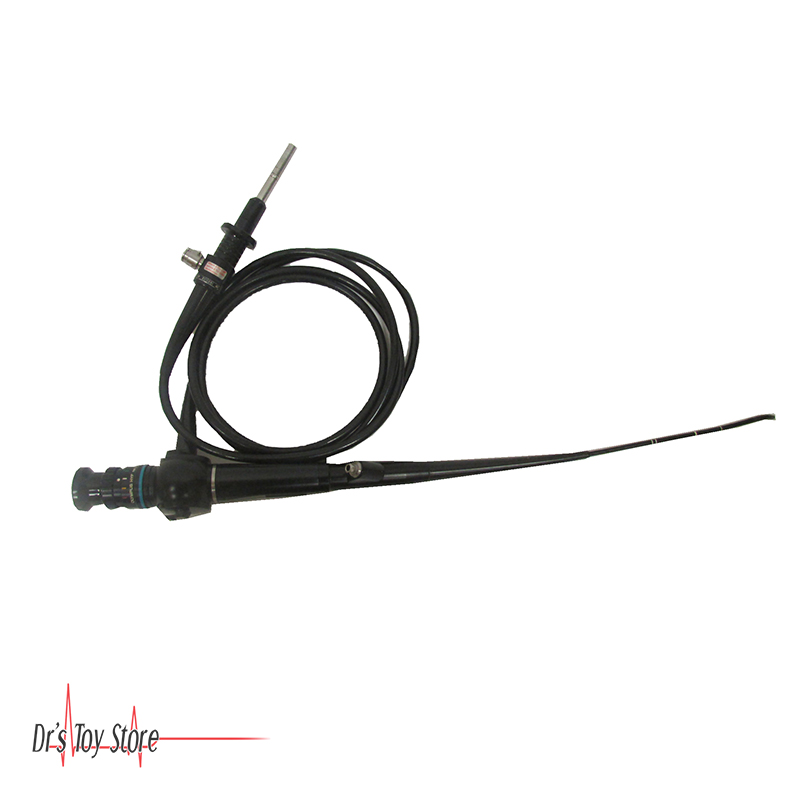
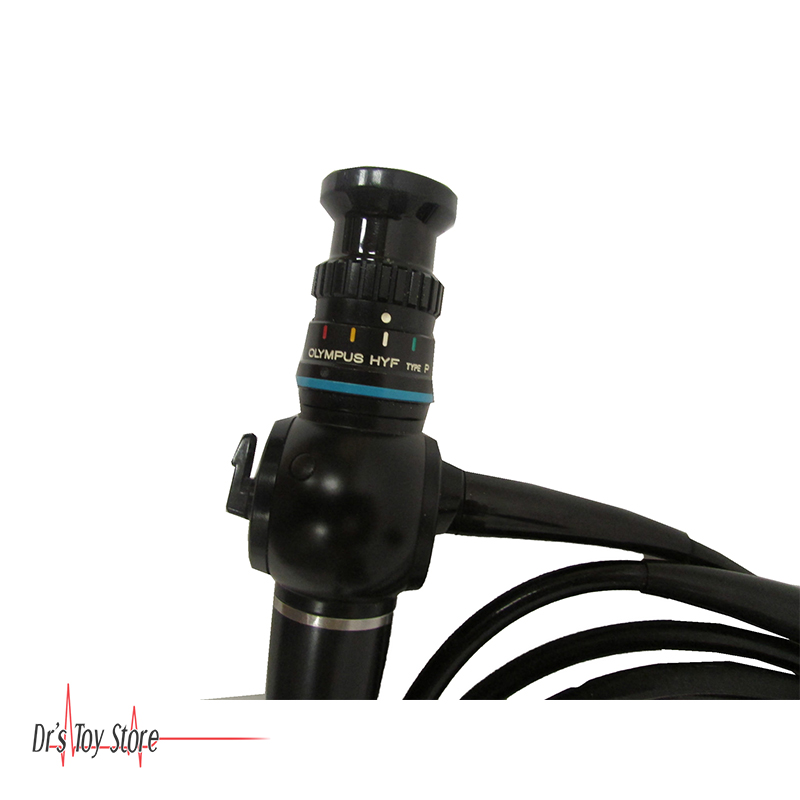
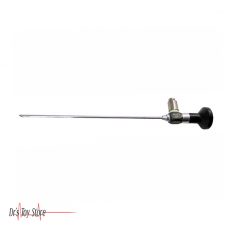
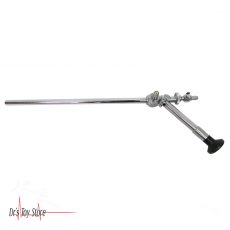
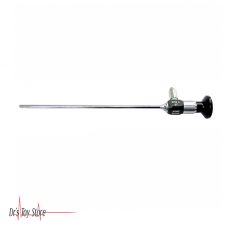
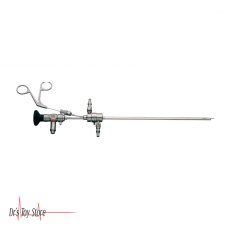
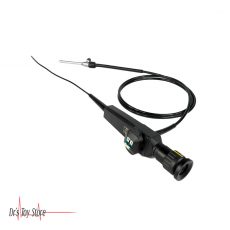
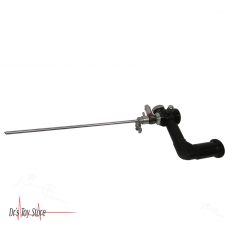
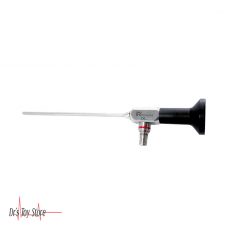
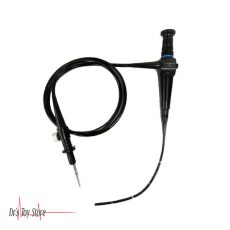
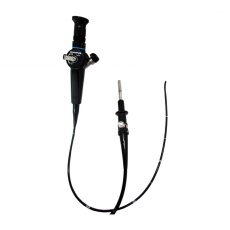

Reviews
There are no reviews yet.